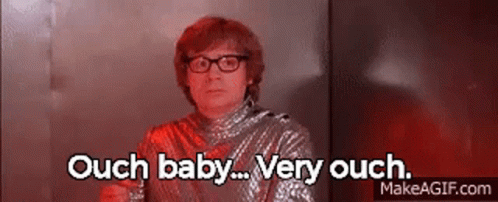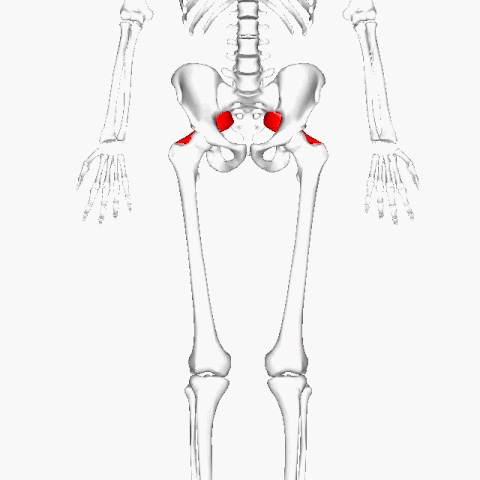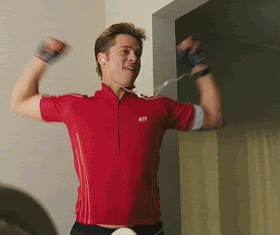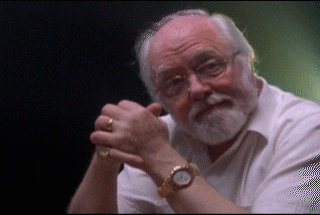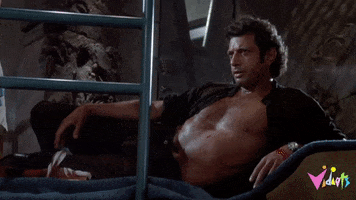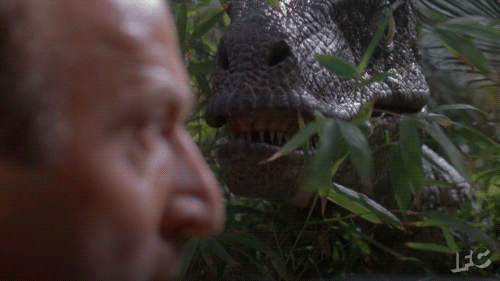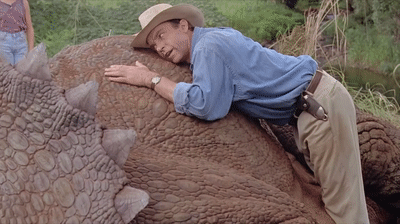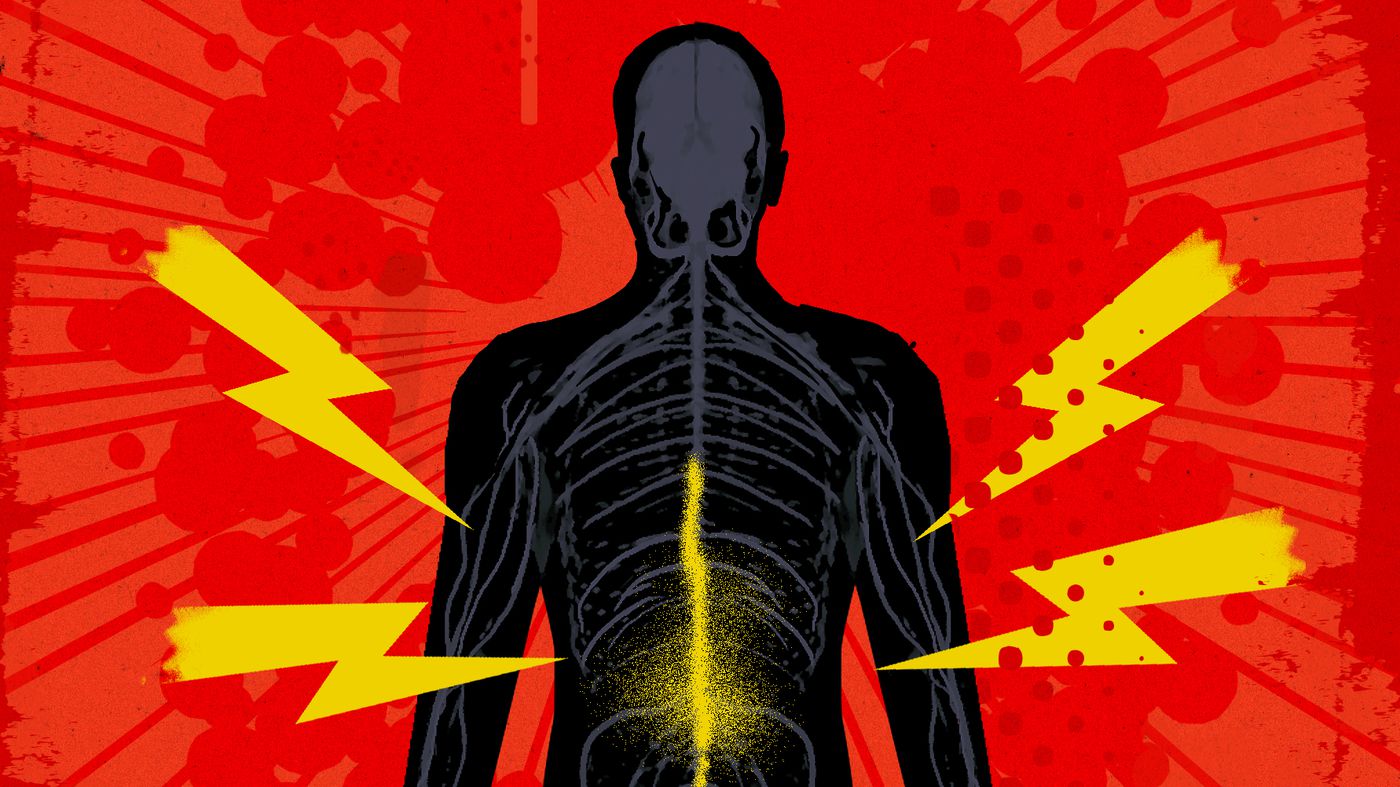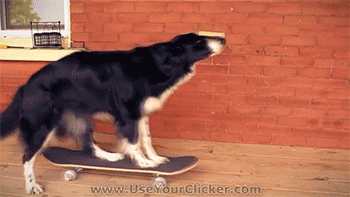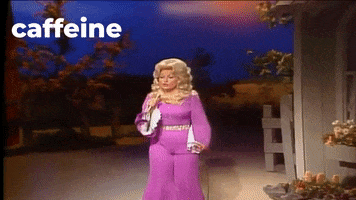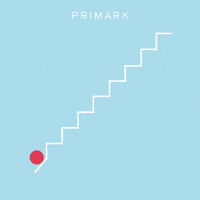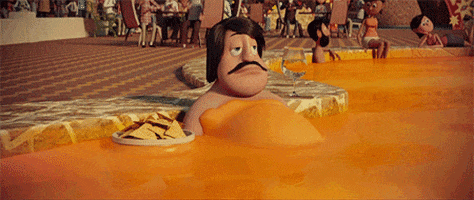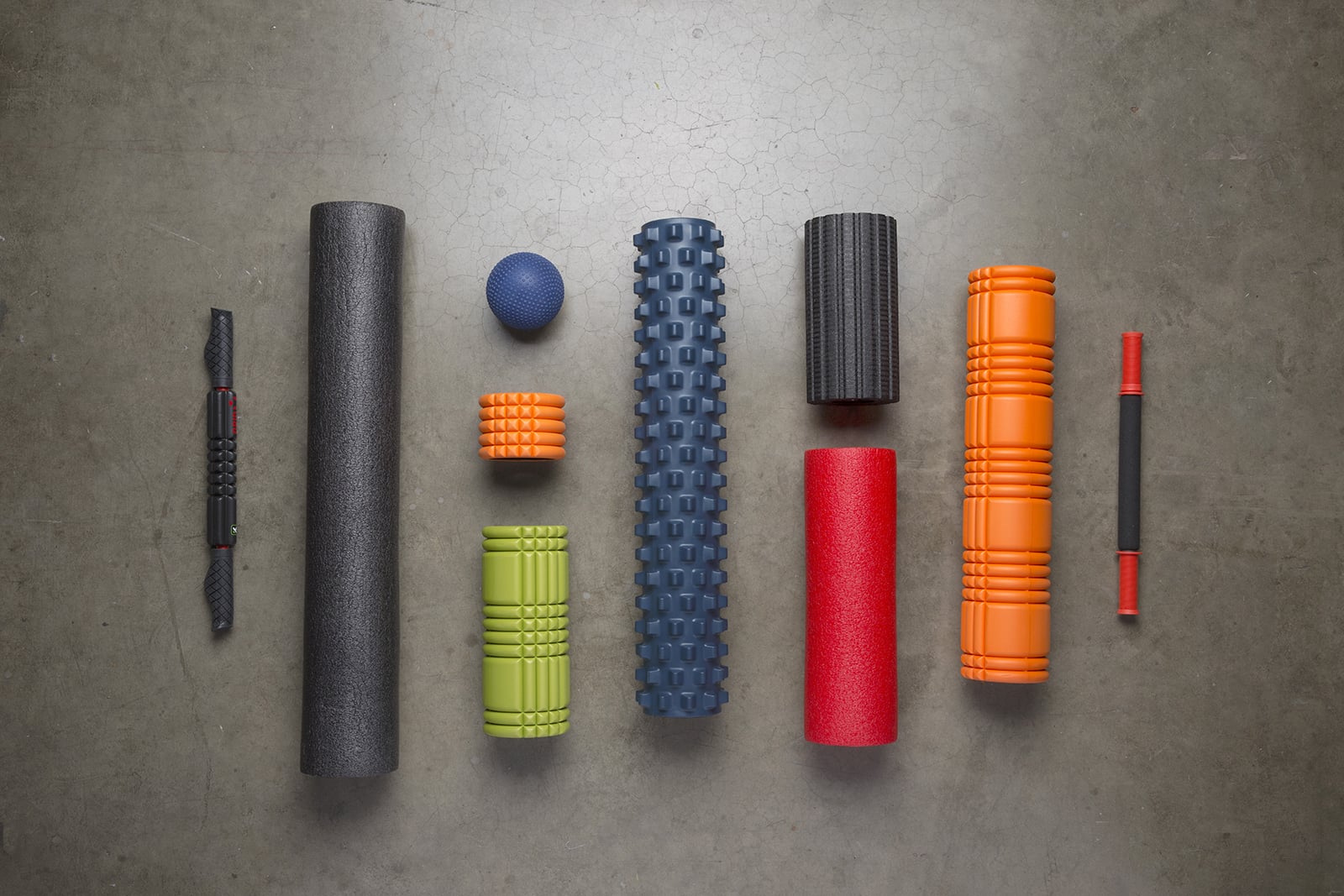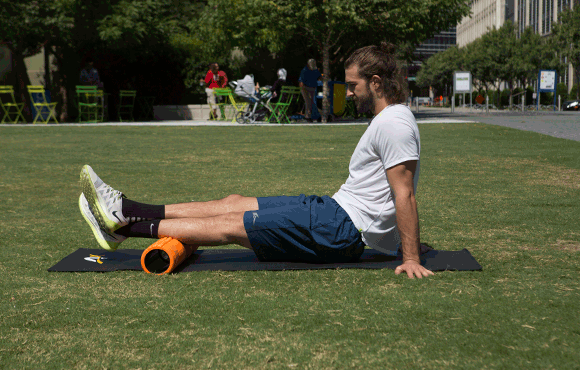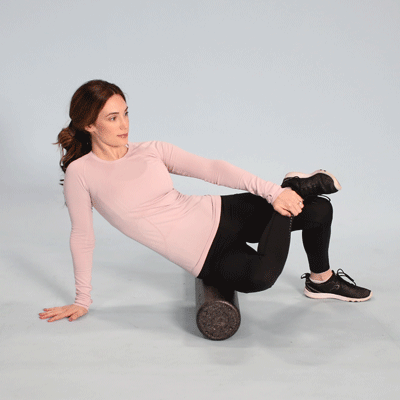If you’re struggling with a chronic pain in the butt, relief can be hard to find. This is true especially if you have piriformis syndrome. The dead giveaway that this is the problem you’re dealing with is hip and/or buttock pain on one side of the body along with low back pain that radiates down one or both of your legs.
What are we talking about?
Your sciatic nerve travels through your pelvis. It passes under the front surface of the piriformis muscle as it travels through the pelvis. It then cuts into two branches before going down each leg, branching out at the back of your knee to divide into the tibial and peroneal nerves. These nerves supply your lower leg and foot.
On the other hand, your piriformis helps externally rotate and abduct the hip. This is fancy talk for turning your hip outward and bringing your thigh outward while your hip is bent. For example, when your raise your knee and bring your leg out when getting out of a car. It also offers stability while you walk, run and stand.
Piriformis or Sciatica?
The problem is, piriformis syndrome is often mistaken for sciatica. Both conditions interfere with sciatic nerve function. Sciatica results from spinal dysfunction such as a herniated disc or spinal stenosis. Piriformis syndrome, happens when the piriformis muscle, located deep in the buttock, compresses your sciatic nerve. Your therapist is trained to be able to tell the difference. They will help you figure out what is going on and how best to treat it.
Let’s Treat It
We can treat piriformis syndrome through a combination of hands-on manual therapy techniques and an exercise program. Myofascial release of the piriformis muscle along with a stretching exercise can help relieve tightness and pain directly related to the piriformis. In addition to direct treatment of the piriformis, your physical therapist will address the underlying cause of piriformis syndrome. They may treat muscle imbalances of your hip and address lumbar spine issues.
If you feel this particular pain in the butt, come in and see us soon and we will have you feeling much better.
Written by Tom Farnsworth PT
